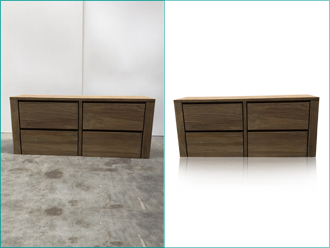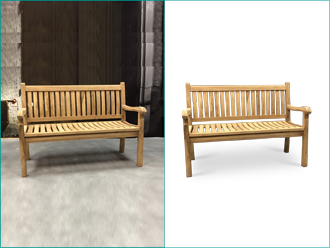


The drop shadow (sometimes called a “box shadow”) is an effect often found in catalog photographs, advertising images, and Web pages. It is created by separating the subject object from the background and adding a custom shadow. Sometimes the background is deleted, other times it is substituted out or modified.

Photos that bring your products to life are essential to generating sales and impressing clients. Today’s consumers are getting smarter and demanding higher-quality experiences — and that includes product photography. Add depth to your product and your photo and make it more visually appealing to your customers.
Shadows can make both DIY and professionally shot product photos look even better. Plus, it enables to create a visual effect that might not always be achievable through photography. Be it drop shadow, natural shadow, floating shadow, cast shadow or reflection shadow, we meticulously fulfill your order by hand.
You receive professionally edited, realistic-looking photos that bring products to life.
It takes just 4 steps to get your images professionally background removal. Here’s how to get your photos background removal by the experts of Image Editing Express.
Request a quote for the images you need to be edited
Receive an email with your quote within 45 minutes or less
Upload your all images that need to be background removed
Download your neat & clean images and upload to your site
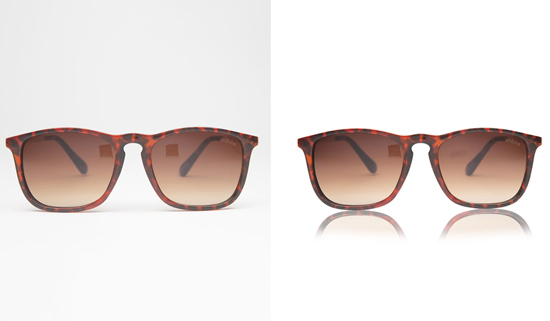

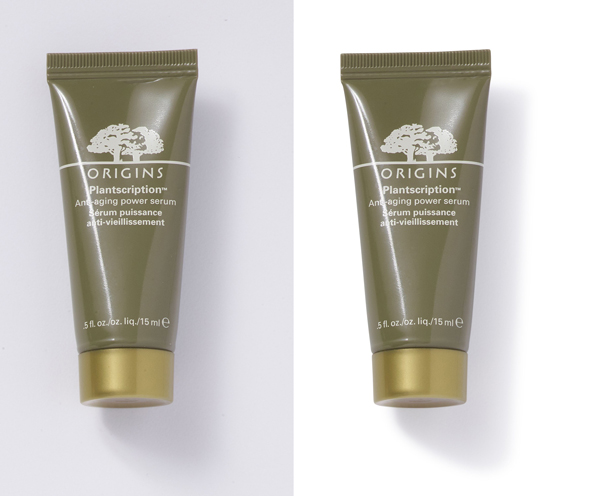
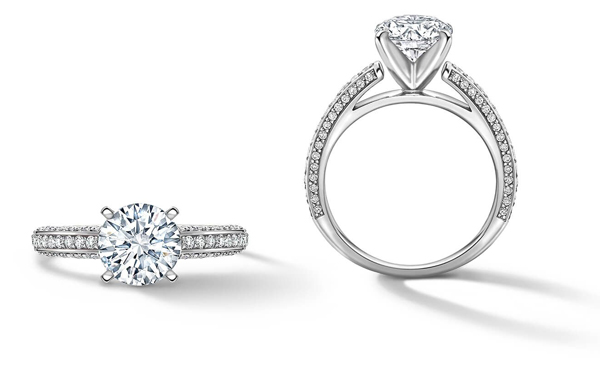
I had Image Editing Express silo 8 images for me, cutting them out of their background. They did all 8 images PERFECTLY, and turnaround was less than 12 hours! The price can’t be beat also.
— John Jamal Rikson
Drop shadow: Drop shadow makes the object look as though it is slightly raised above the background, almost floating. Sometimes, this also gives the object a faint glow. This technique is often used by ecommerce retailers to display online product photos.
Natural shadow: Natural shadow is when an image is edited to create the visual effect that the object has cast a shadow on the background. The photo editor can choose where the imaginative light is coming from and cast the shadow accordingly. This makes the object appear to be sitting on a surface.
Existing shadow or cast shadow: Sometimes, you’ll have a photo that has natural shadows in it, but you need to edit it and create a different background. In these cases, you can preserve the naturally occurring shadow with the correct levels of opacity and transparency. In some instances, you’ll need to recreate the original shadow by hand in Photoshop.
Floating shadow and reflections: Floating shadow and floating reflections are another type of shadow effect in Photoshop. This is used when you want to create a shadow for an object that isn’t on solid ground or appears to be floating in space, or when you have a shadow cast over a hole (like a swimming pool or bowl of soup). This commonly used on ecommerce product photos, along with a white background. It’s important to do this well, because floating shadows and reflections can look unnatural and obviously edited when done poorly.
For drop shadows, essentially, you are creating a gray or black shape that matches the shape of the subject of the photo. From there, soften the edges of the gray or black shape. This makes the shadow look more realistic and natural.
Remember, it’s essential to maintain accurate proportions between the shadow and the object. Any discrepancies can make your image look unrealistic, and cause customers to seek products from your competitors.
The direction from and angle at which the light is shining must also be consistent, especially when you’re creating multiple shadows in the same image. Keep in mind that the color of the shadow itself may need to be altered too. This is because shadows are darker when the light is closer to an object, and lighter when there is more distance between the light and the object.
These shadows show relation between the object and the background, whether the background is digitally added or not. The result is a more natural-looking and appealing image that allows your product to shine. This, in turn, can make customers more likely to buy your products.
When done with poor quality, shadow effects can harm your brand and the presentation of your products. It can create photos that look too staged or unrealistic, which can make consumers lose trust. And trust is essential in building profitable relationships and impressions with customers.
We know that each shadow effect is different, and every brand is different too. We approach each project or service individually, working to best understand your needs and goals. That way, we can add shadow effects to your product images that will make your brand and products shine.
We’ve edited more than 8.5 million photos, so we’ve mastered all kinds of jobs. No matter how simple or complex, how large or small your order, you will receive the individual attention we provide to each of our clients.
Not sure which type of shadow effect is right for you? Request a quote, and we’ll assess your needs, goals and images to provide the best solution.







